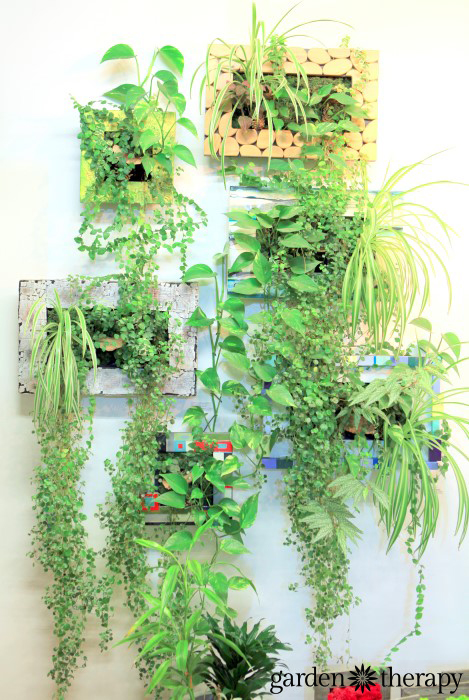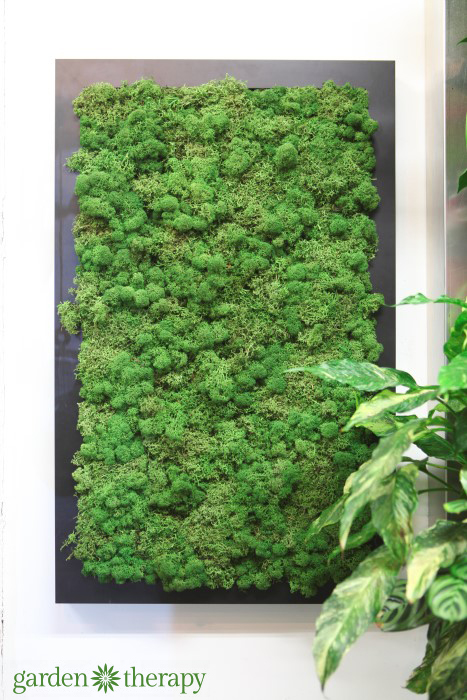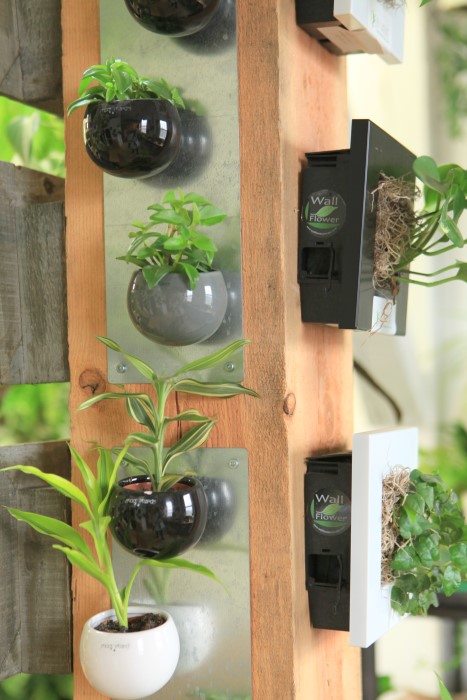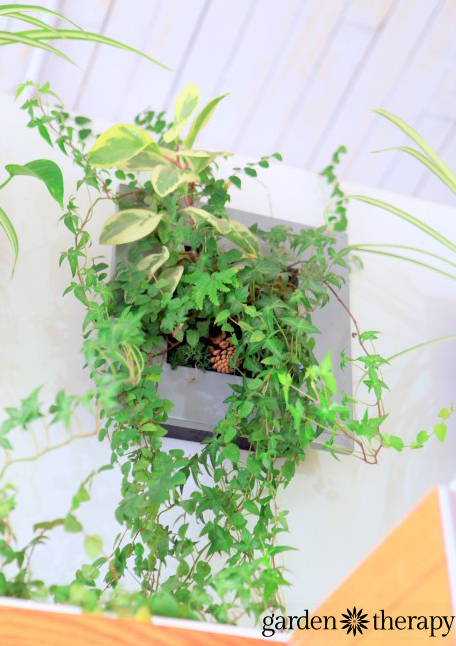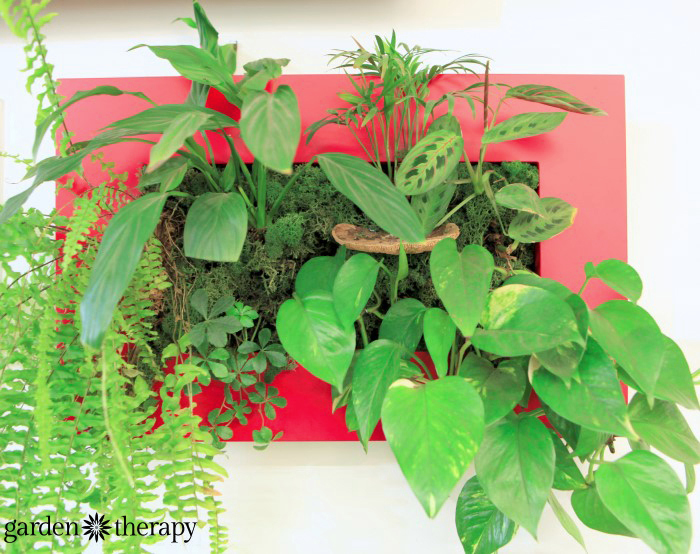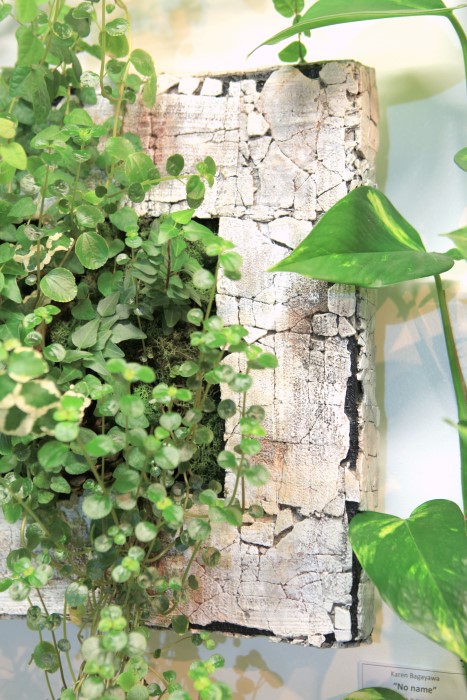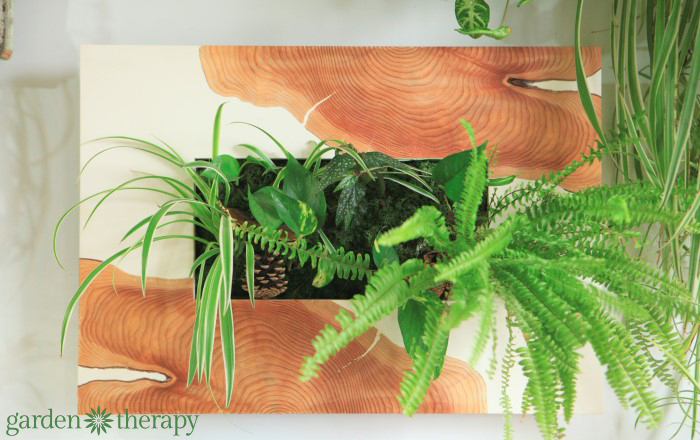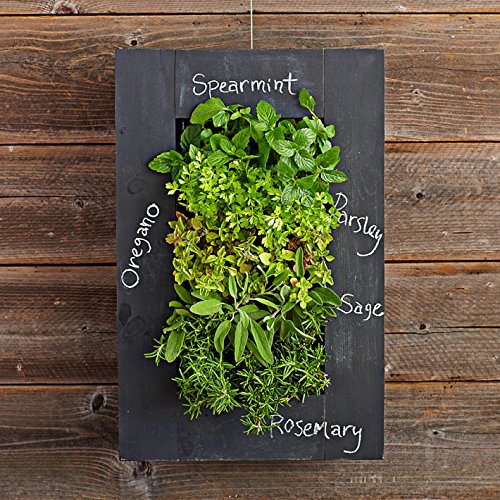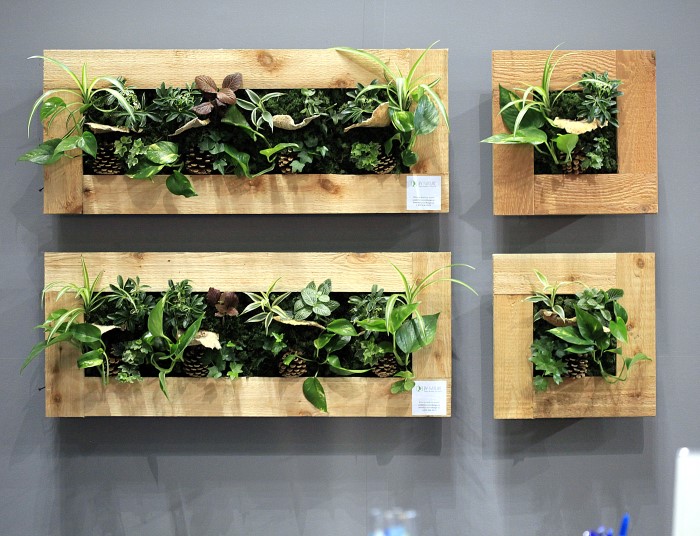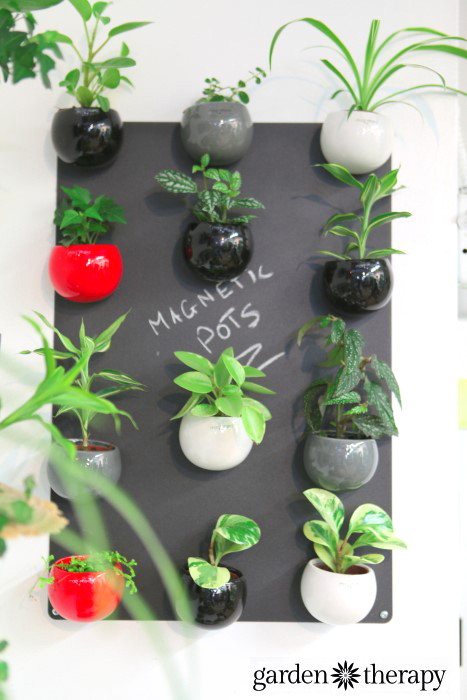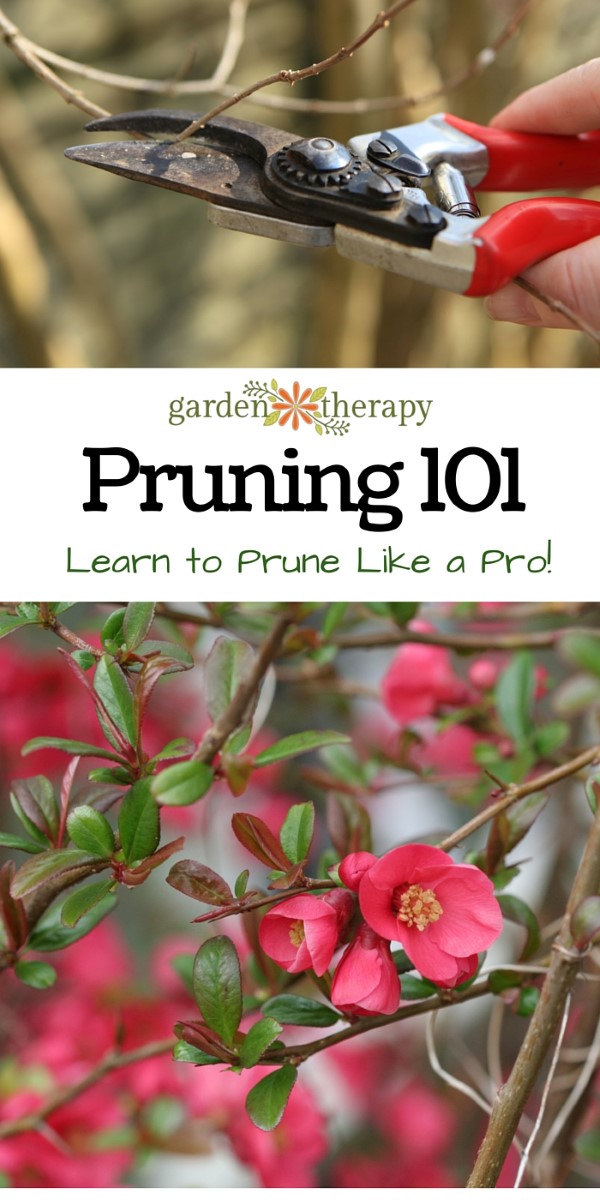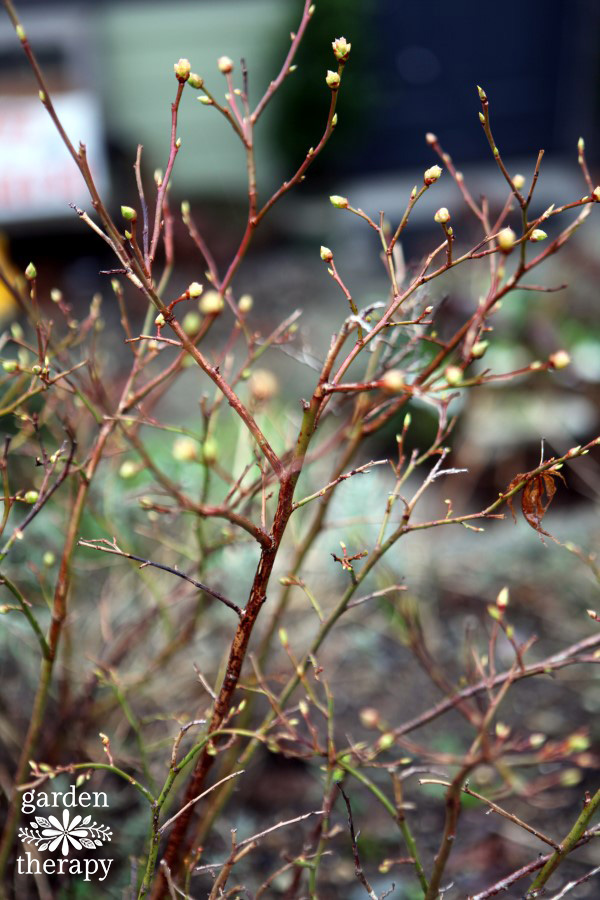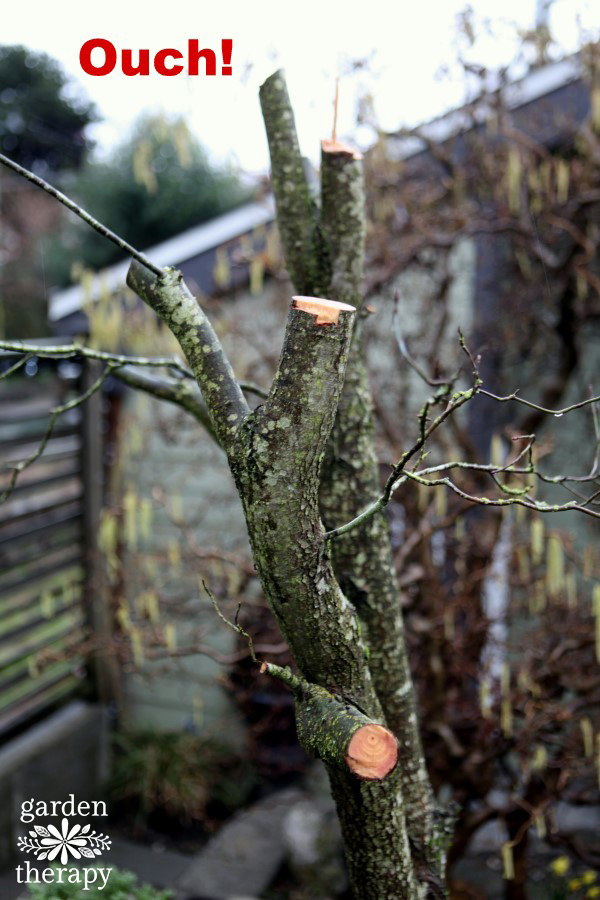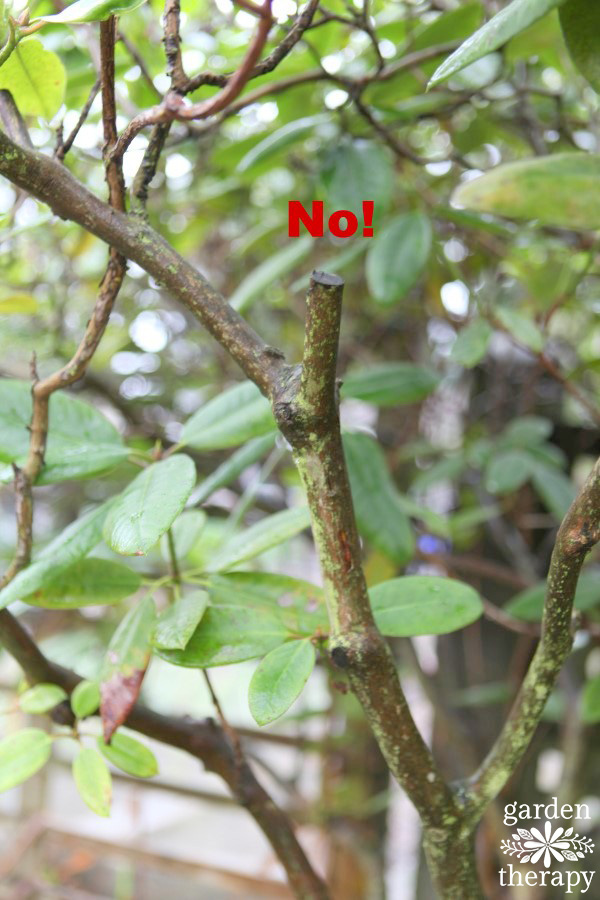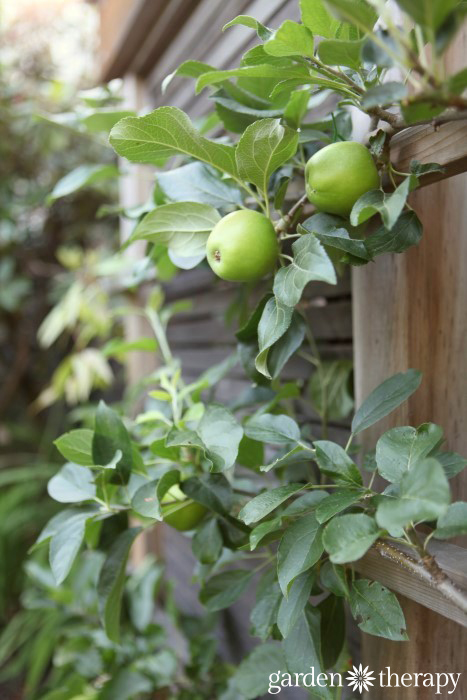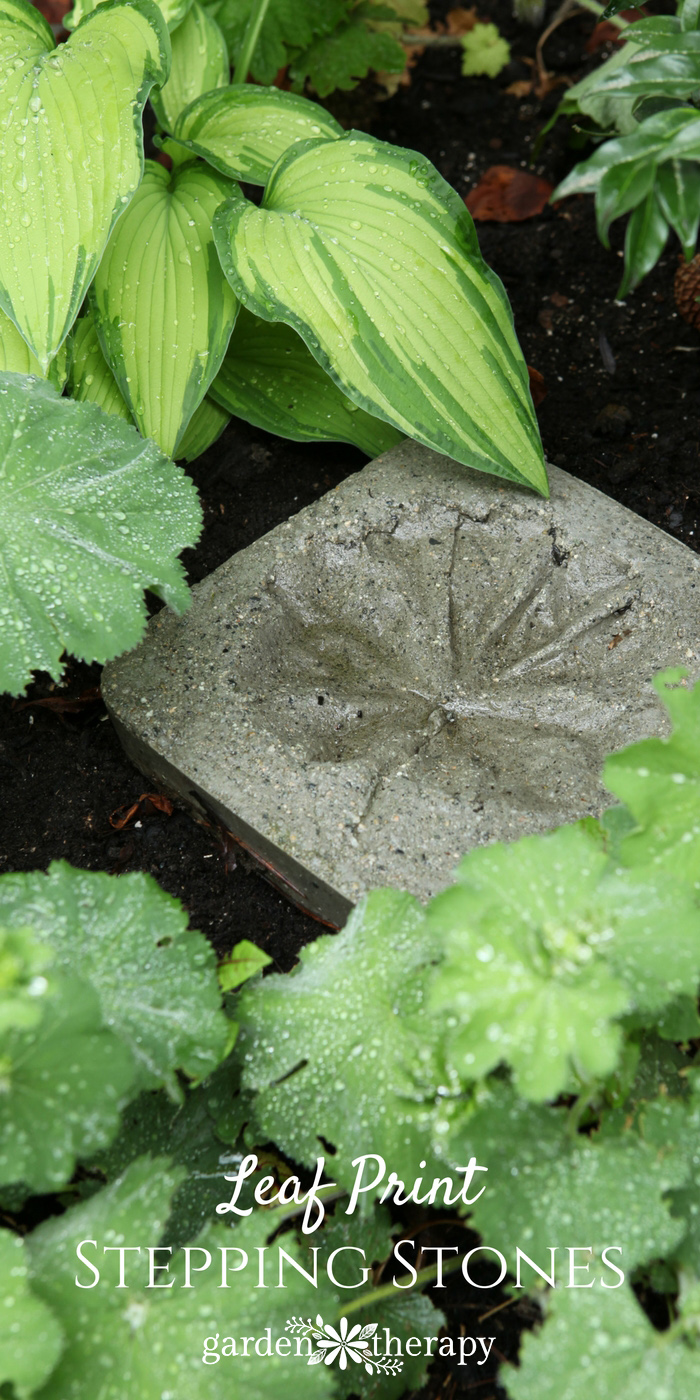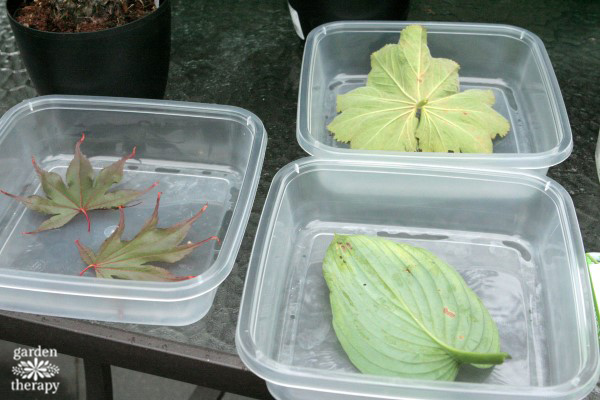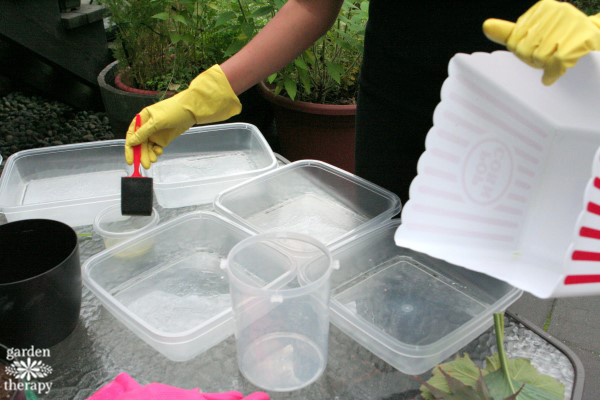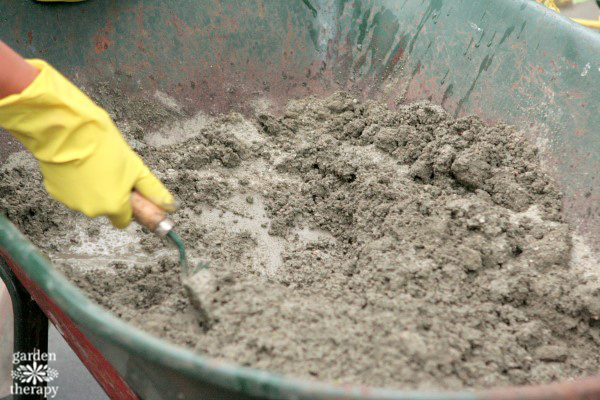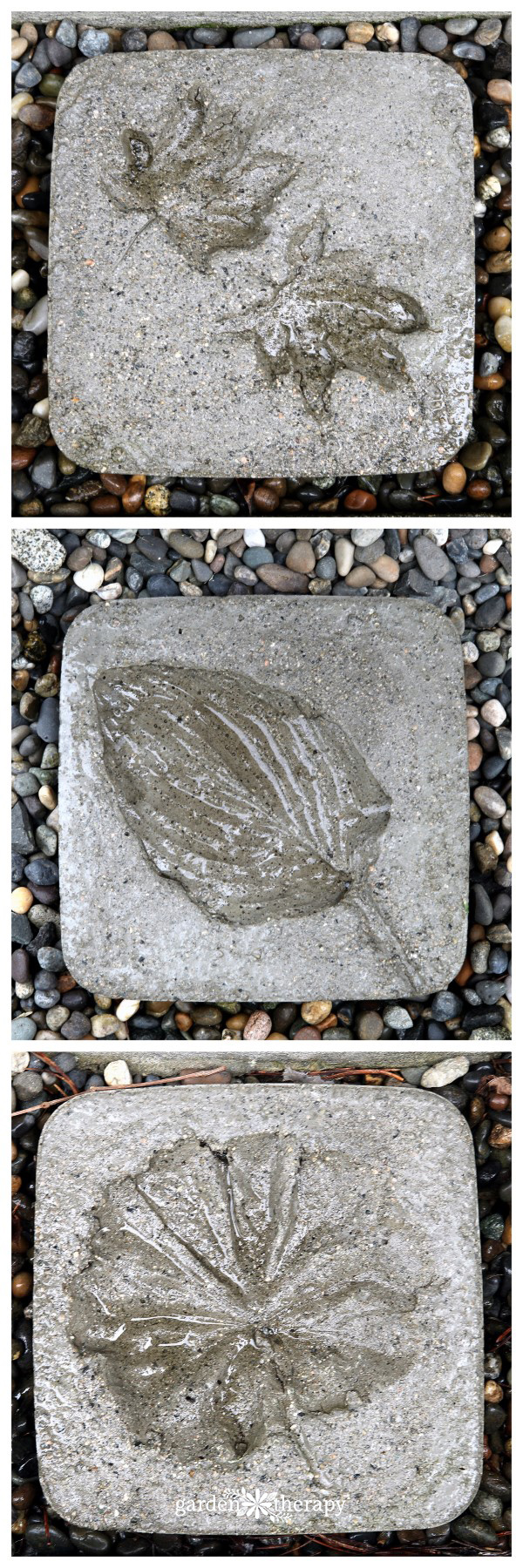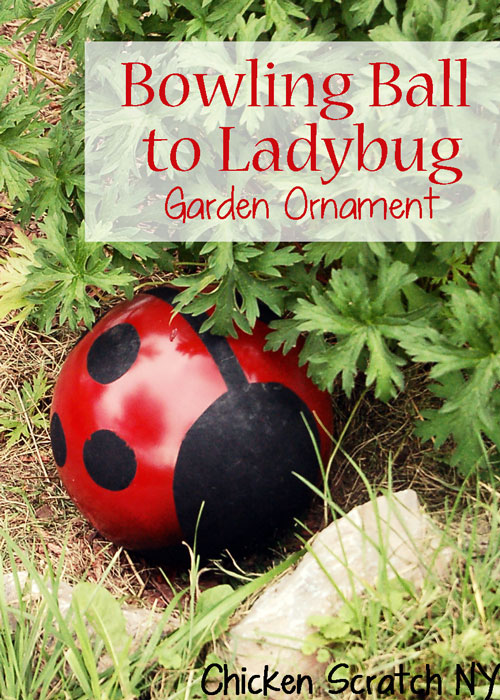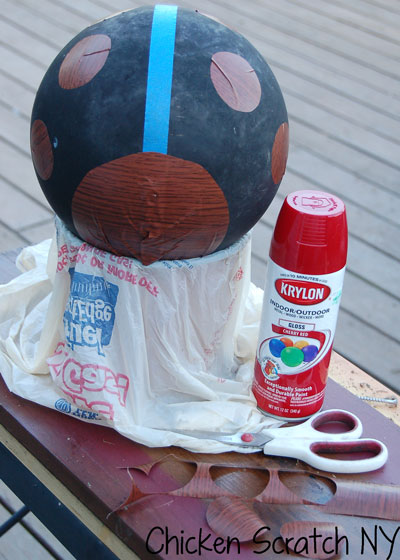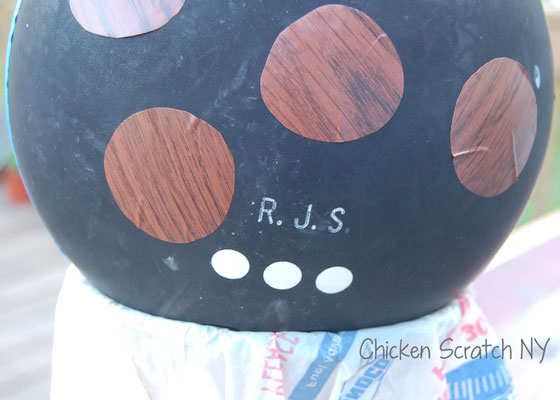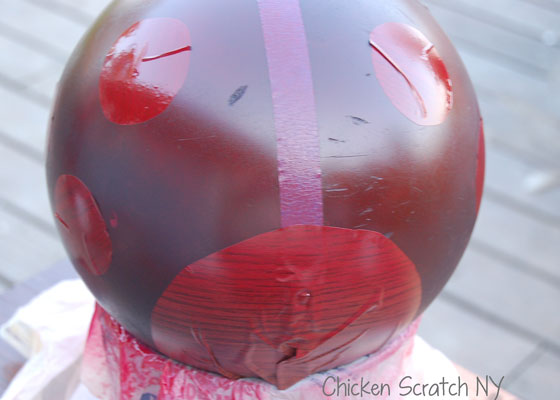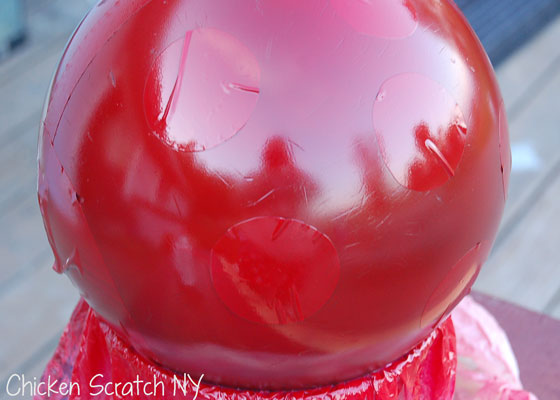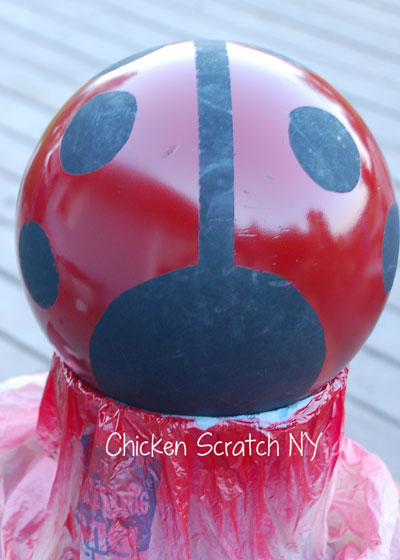Please excuse me while I gush. I’m such a huge fan of the work that Shawna Coronado does as a writer, speaker, and eco-activist. She really IS making a difference every day. Some days it’s through front yard food gardens, others it’s by showing us how to make a meal with just $10. Today, Shawna is joining us to show us how to make a stunning vertical garden with drought-tolerant cactus, a project from her book, Grow a Living Wall: Create Vertical Gardens with Purpose: Pollinators. Eeep! I can barely contain my excitement!! It’s a fantastic book by an inspirational and creative force in the gardening world. Now, go get some protective gear on and let’s see how Shawna made this:
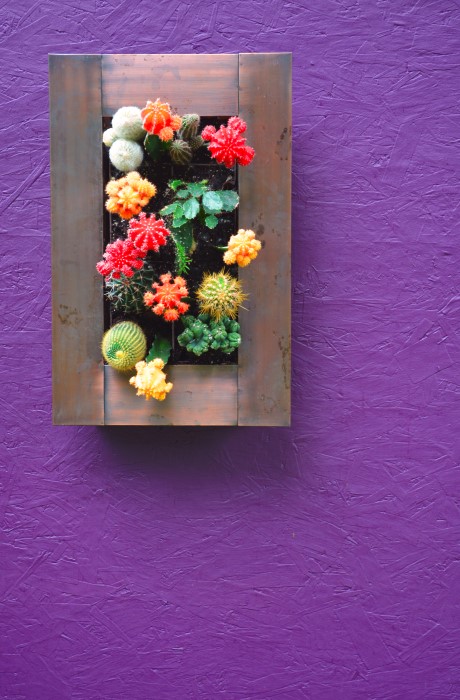
Bring interest and beauty to our outdoor living spaces by adding a cactus living wall garden. Don’t be afraid to add your favorite colors so that the piece is a unique living artwork to you. Your friends will absolutely love it! Have garden party creating living walls and invite friends over to make these designs together.
HOW TO BUILD A CACTUS LIVING WALL GARDEN
Want to save water? Then choosing a cactus living wall garden is an excellent choice. Since they need such little water it makes them tough to kill and very pleasing to the eye. Cacti are shockingly colorful and add a level of architecture to even the dullest spaces. Why a living wall made out of cacti? Why not? Designs made from cactus are like living works of art. They create visual interest and focus your eyes immediately to them.
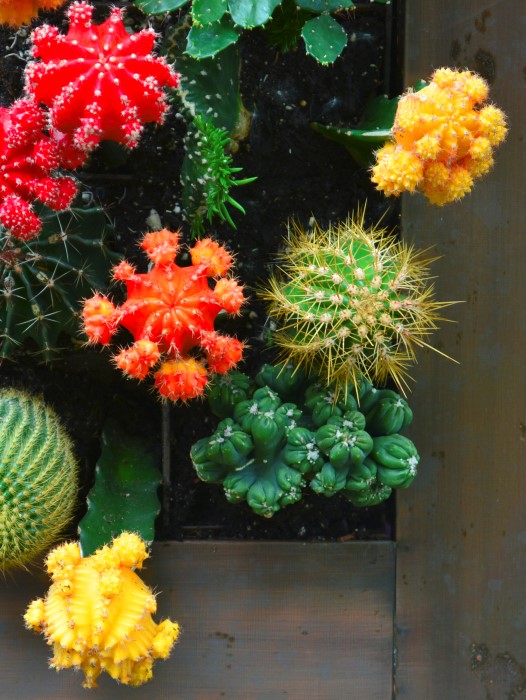
This bold, living artwork will be the center of conversation at all gatherings whether your guests are gardeners or not. Having a cactus living wall garden won’t only be a conversation starter, but will also provide your indoor décor with punch of chic style that will cause hours of study and appreciation.
Succulents and cactus require stronger drainage than other plant life; making them more suitable for living walls that is “soil-based” instead of hydroponic. If you live in the Southeast, Southwest or West Coast, a gorgeous cactus living wall will be virtually maintenance-free except for watering needs. In these climates that offer warmth and drought conditions, this type of living artwork thrives and does extremely well.
An excerpt from Grow a Living Wall written by Shawna Coronado details some amazing facts about cacti; “There are over 2,000 species of cactus, which is a sub-species to the succulent family, and many of the plants have unique and beautiful shapes with very distinct growing features. They rarely have traditional looking leaves and collect light through their stem to use for photosynthesis. Most stems or bodies of cactus look swollen and fleshy. Cactus often have spines which are produced from unique structures on the stem called areoles, which are considered an identifying feature of a cactus. There are many varieties of spines that develop along the stem of the cactus. There can be pointy spines, stiff bristles, or fuzzy hairs and nearly all of them can prickle handlers, so care must be used when handling the plants. Flowers are produced from the areoles and they are typically multi-petaled and tubular in order to attract pollinators.”
“Wonderful as a houseplant, cacti also make superb design plants for outdoor living wall gardens because of their unusual structure; they come in rounded, columnar, short, tall, and flat shapes which are delightful for eye-catching interest on a balcony or along a wall. Cactus plants do flower and can make gorgeous floral displays, however, some cactus take many years to develop flowers. Therefore, growing cacti is more centered on their amazing structure and less on their ability to display flowers. When the plants do flower, expect a lot of attention from pollinators, but until then it is best to enjoy your cactus garden for its attractive display. “
Try growing your own cactus living wall garden, the experience is simply wonderful as there are no weeds to pull, hardly any water to use and low-maintenance make it a top choice in my book for any patio, balcony or outdoor living space. It is important to remember when working with cacti to use extra thick gardening gloves along with kitchen tongs that have been wrapped in tape or padding to prevent injury to the cacti and yourself.
Cactus Garden Components
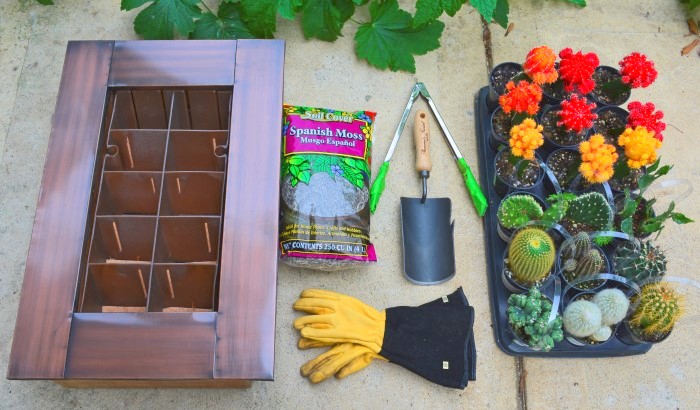
Here are the components you will need to make your living cactus design, living wall system, cactus soil, cacti, protective gear (thick garden gloves and padded tongs), and a spoon or hand trowel. That is all you need to make this stunning design!
Cactus Garden Tongs
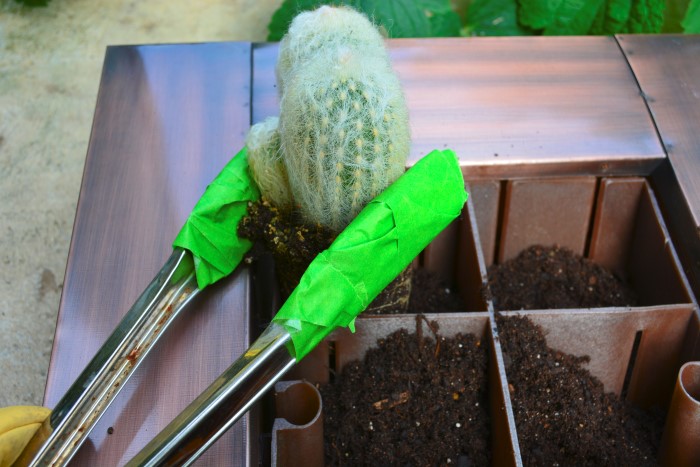
As you know, cacti have thorns and needles that can hurt, but by simply preparing upfront will result in no Band-Aids needed. Talk with your local garden center for recommendations on thick gardening gloves (perhaps those that are used by rosarians) and create your own tongs by wrapping in tape or padding to provide a gentle and secure way to hold onto the cactus.
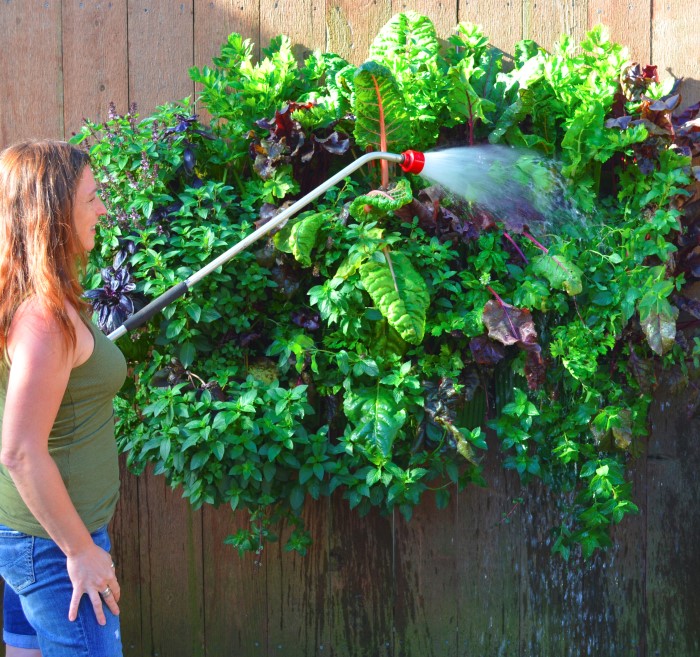
There are all kinds of different living wall gardens you can design from this cactus garden to herb gardens, vegetable gardens and even a cocktail garden. To learn more about growing multiple types of living walls check out Shawna Coronado’s new how-to book on building and growing living walls – Grow a Living Wall: Create Vertical Gardens with Purpose.
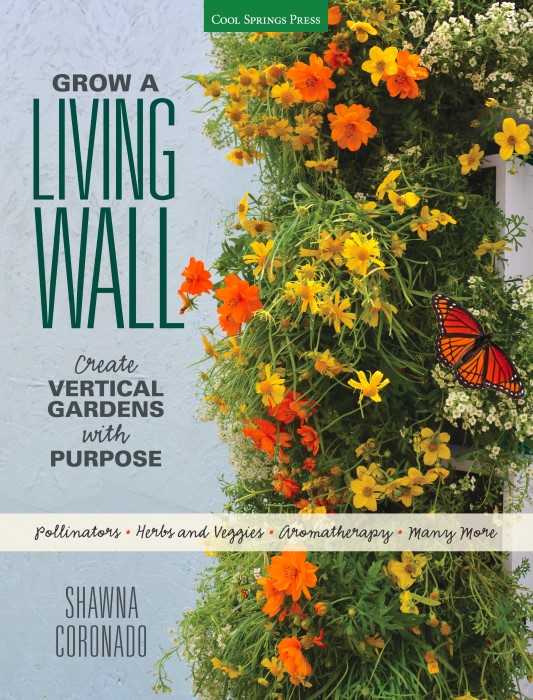
Shawna Coronado is author of “Grow a Living Wall; Create Vertical Gardens with Purpose”. She is also a columnist, blogger, photographer, radio show host and online media personality with green lifestyle living, organic gardening, and culinary who campaigns for social good. Shawna’s successful books, organic living photographs, and stories have been shown both online and off in many international home and garden magazines and multiple books. You can learn more about her at http://www.shawnacoronado.com.
Save
Original article and pictures take gardentherapy.ca site
